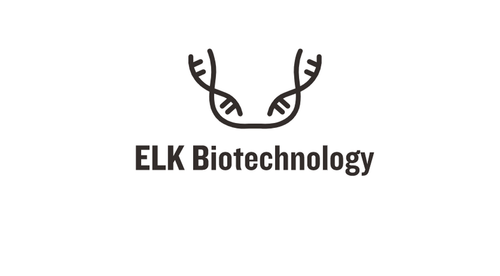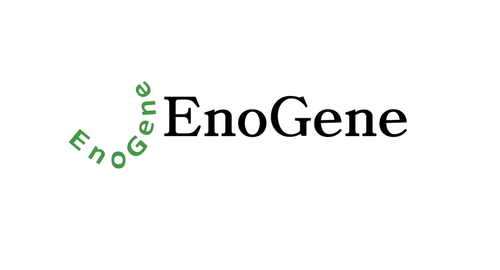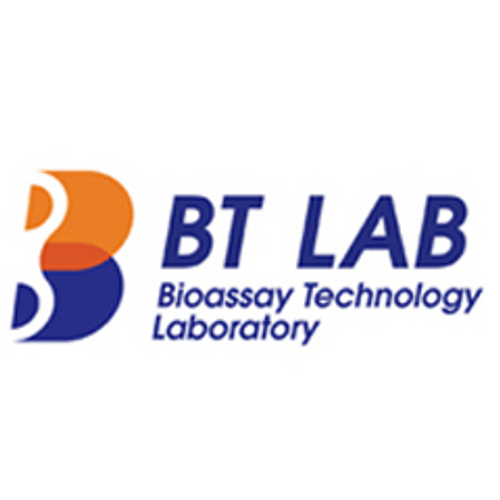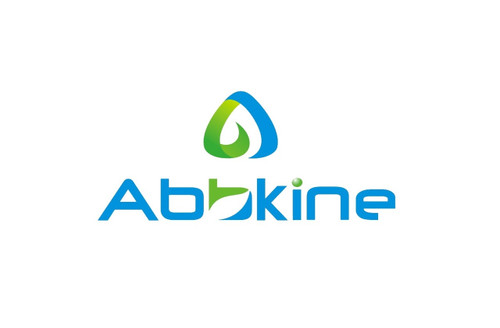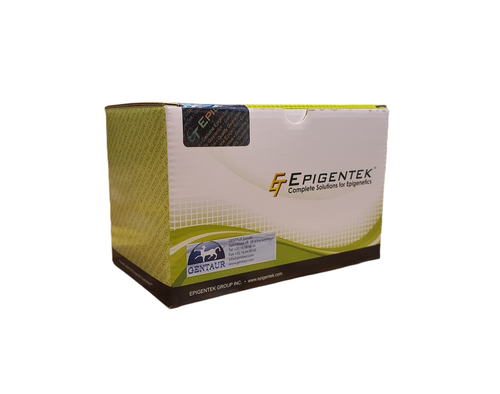Product Description
PKAγ cat (P5) polyclonal Antibody | BS1953 | Bioworld
Host: Rabbit
Reactivity: Human
Application: WB IHC
Application Range: WB: 1:500~1:1000 IHC: 1:50~1:200
Background: Activation of PKA occurs when cAMP binds to the two regulatory subunits of the tetrameric PKA holoenzyme resulting in release of active catalytic subunits. Three catalytic (C) subunits have been identified, designated Cα, Cβ and Cγ, that each represent specific gene products. Cα and Cβ are closely related (93% amino acid sequence similarity), whereas Cγ displays 83% and 79% similarity to Cα and Cβ, respectively. Activation of transcription upon elevation of cAMP levels results from translocation of PKA to the nucleus where it phosphorylates the transcription factor cAMP response element binding protein (CREB) on serine 133 which in turn leads to TFIIB binding to TATA-box-binding protein TBP1, thus linking phospho-CREB to the Pol II transcription initiation complex.
Storage & Stability: Store at 4°C short term. Aliquot and store at -20°C long term. Avoid freeze-thaw cycles.
Specificity: PKAγ cat (P5) polyclonal Antibody detects endogenous levels of PKAγ cat protein.
Molecular Weight: ~ 40 kDa
Note: For research use only, not for use in diagnostic procedure.
Alternative Names: cAMP-dependent protein kinase catalytic subunit gamma; KAPCG; KAPG; PKA C gamma; PKA C-gamma; PKACg; PRKACG; Protein kinase cAMP dependent catalytic gamma; Serine (threonine) protein kinase;
Immunogen: Synthetic peptide, corresponding to the N-terminal of Human PKAγ cat.
Conjugate: Unconjugated
Modification: Unmodification
Purification & Purity: The Antibody was affinity-purified from rabbit antiserum by affinity-chromatography using epitope-specific immunogen and the purity is > 95% (by SDS-PAGE) .
Pathway:
 Euro
Euro
 USD
USD
 British Pound
British Pound
 NULL
NULL




